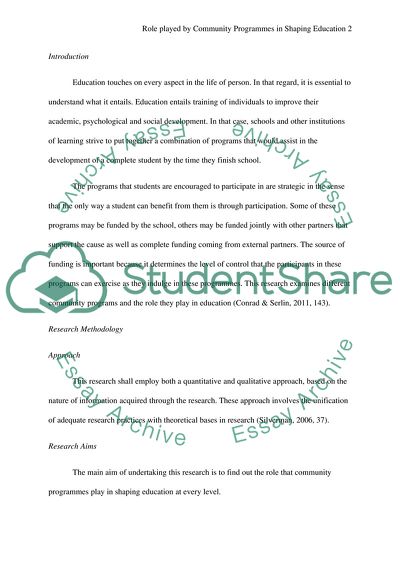Cite this document
(“Role Played by Community Programmes in Shaping Education Dissertation”, n.d.)
Role Played by Community Programmes in Shaping Education Dissertation. Retrieved from https://studentshare.org/education/1659420-role-played-by-community-programmes-in-shaping-education
Role Played by Community Programmes in Shaping Education Dissertation. Retrieved from https://studentshare.org/education/1659420-role-played-by-community-programmes-in-shaping-education
(Role Played by Community Programmes in Shaping Education Dissertation)
Role Played by Community Programmes in Shaping Education Dissertation. https://studentshare.org/education/1659420-role-played-by-community-programmes-in-shaping-education.
Role Played by Community Programmes in Shaping Education Dissertation. https://studentshare.org/education/1659420-role-played-by-community-programmes-in-shaping-education.
“Role Played by Community Programmes in Shaping Education Dissertation”, n.d. https://studentshare.org/education/1659420-role-played-by-community-programmes-in-shaping-education.


